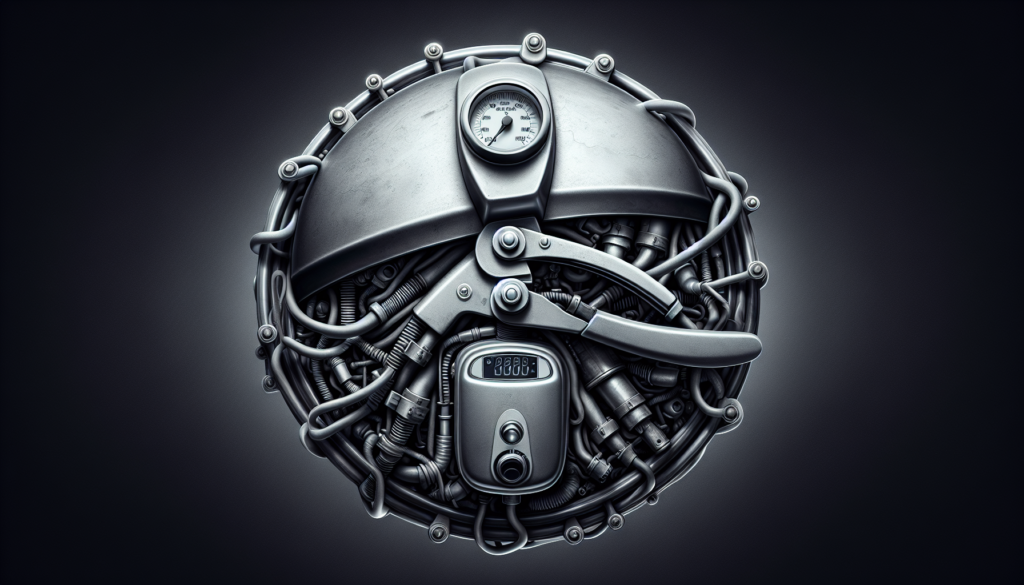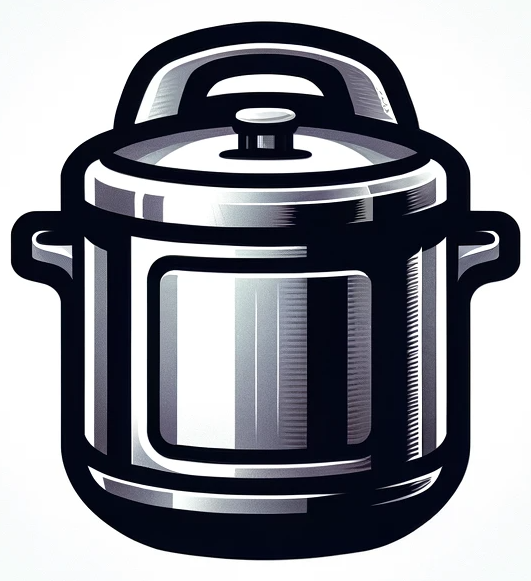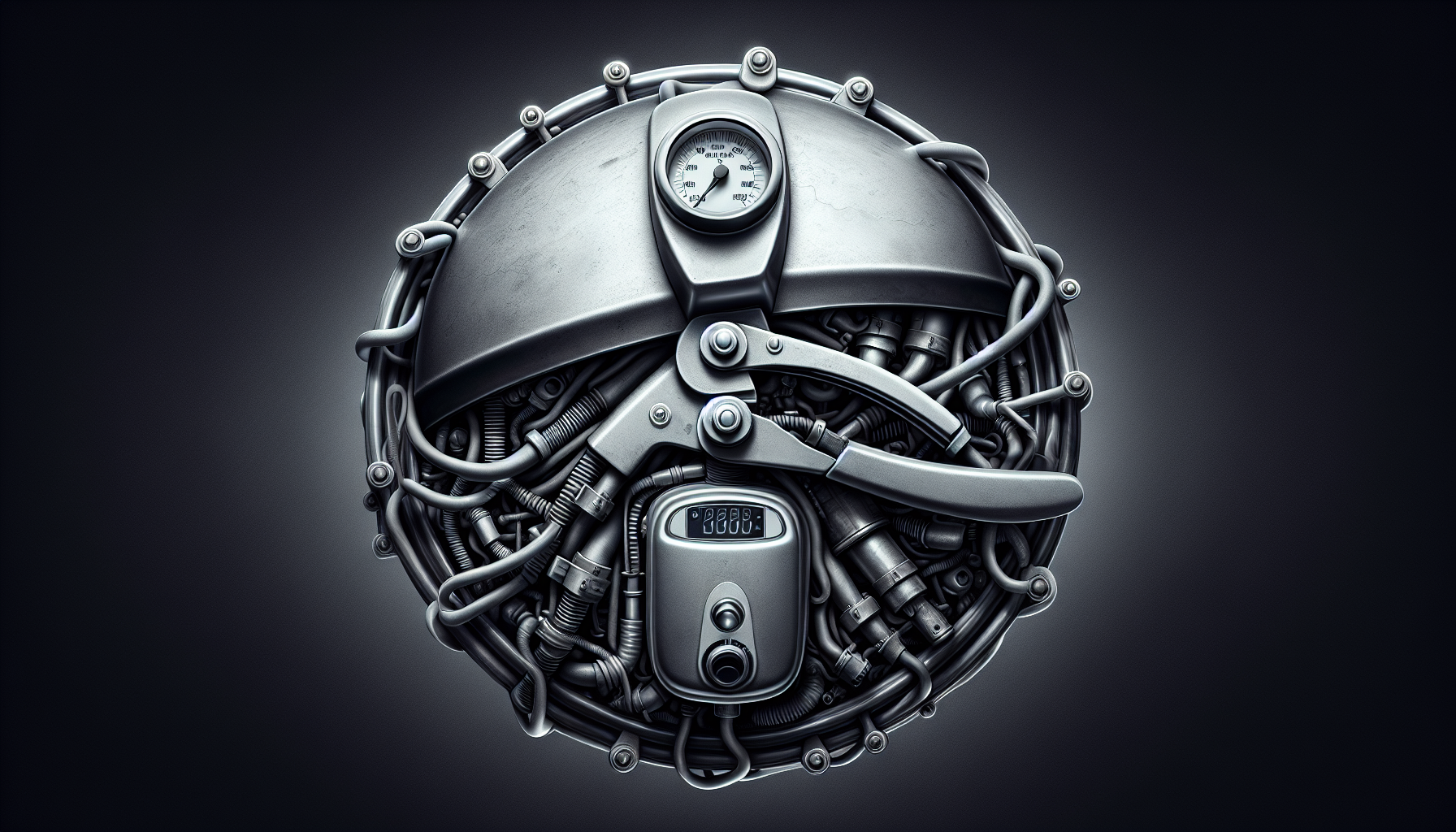Pressure cookers can be a lifesaver in the kitchen, helping you to whip up delicious meals in a fraction of the time. However, there are a few things you need to be cautious about when using these handy appliances. In this article, we will explore some essential tips and tricks to avoid any mishaps and ensure your pressure cooking experience is smooth and successful. So, whether you’re a seasoned chef or a beginner in the kitchen, keep reading to discover what to avoid when using a pressure cooker.

CHECK OUT PRESSURE COOKERS ON AMAZON
Overfilling the Pressure Cooker
Understanding the Maximum Fill Line
Overfilling the pressure cooker is a common mistake that many people make, often unintentionally. It is important to understand the purpose and significance of the maximum fill line in your pressure cooker. The maximum fill line is there for a reason – to ensure that there is enough space for the food and liquid to expand as they heat up and create pressure. Overfilling the pressure cooker can result in liquid or food clogging the steam vent or blocking the pressure release valve, which can lead to dangerous situations.
Potential Consequences of Overfilling
Overfilling the pressure cooker can have several potential consequences. First and foremost, it can cause the pressure cooker to malfunction, as the excess food and liquid can prevent the proper release of steam and pressure. This can result in undercooked or overcooked food, and in extreme cases, it can even lead to the pressure cooker exploding. In addition, overfilled pressure cookers may also lead to clogged vent pipes, which can affect the overall efficiency of the cooking process. Therefore, it is crucial to always adhere to the maximum fill line to avoid these potential risks.
Using Insufficient Liquid
Importance of Adequate Liquid
Adequate liquid is essential when using a pressure cooker. The liquid inside the pressure cooker is needed to create the steam that generates the pressure required for cooking. Without enough liquid, the pressure cooker may not be able to reach the necessary pressure, resulting in longer cooking times and potentially undercooked food. Adequate liquid also helps to prevent scorching and burning, as well as provides moisture to keep the food tender and flavorful.
Effects of Insufficient Liquid
Using insufficient liquid in the pressure cooker can have negative effects on the cooking process. Not only can it lead to improperly cooked food, but it can also cause the food to burn or stick to the bottom of the pressure cooker. This can result in a loss of flavor and texture, and it may even damage the pressure cooker itself. To ensure successful and safe pressure cooking, always follow the recommended liquid measurements in your recipes and consult your pressure cooker’s manual for the minimum liquid requirement.
Neglecting to Vent Properly
Understanding the Pressure Release Methods
Properly venting your pressure cooker is essential for safe and effective cooking. There are two main methods for releasing pressure in a pressure cooker: natural release and quick release. Natural release involves allowing the pressure to decrease gradually on its own, while quick release involves manually releasing the pressure using the pressure release valve. It is important to familiarize yourself with these methods and understand which one is appropriate for your recipe to avoid any potential hazards.
Problems Caused by Improper Venting
Neglecting to vent your pressure cooker properly can lead to a variety of problems. One common issue is food splattering or spewing out of the pressure release valve, which can cause burns and create a messy kitchen. Additionally, failing to release the pressure before opening the lid can result in a sudden burst of hot steam, potentially causing severe burns. It is crucial to always follow the recommended venting methods based on your recipe and be patient when waiting for the pressure to release naturally.
Opening the Lid too Soon
Waiting for Pressure to Release Naturally
After cooking in a pressure cooker, it is essential to allow the pressure to release naturally before attempting to open the lid. Opening the lid too soon can be extremely dangerous, as there is still built-up pressure inside the cooker. This sudden release of pressure can cause hot steam and liquid to forcefully eject from the cooker, potentially causing severe burns. It is vital to practice patience and wait for the pressure to release naturally before removing the lid.
Dangers of Premature Lid Opening
Premature lid opening is a serious safety hazard when using a pressure cooker. The high pressure and temperature inside the cooker can cause a sudden, explosive release of steam if the lid is opened prematurely. This can result in severe burns, scalds, or even traumatic accidents. To avoid such dangers, always adhere to the recommended release time for your recipe and follow the instructions provided by your pressure cooker’s manufacturer. Safety should always be the top priority when using a pressure cooker.
Using Incompatible Cookware
Choosing Appropriate Cookware Materials
When using a pressure cooker, it is important to select appropriate cookware materials. The pressure cooker’s manual will provide guidance on the types of cookware that are suitable for use with your specific model. Generally, it is recommended to use stainless steel or aluminum cookware with a thick, flat bottom for optimal heat conductivity. Avoid using cookware made of glass, thin metal, or materials that are not explicitly compatible with pressure cooking, as this can lead to uneven cooking, damage to the pressure cooker, and potential accidents.
Risks of Incompatible Cookware
Using incompatible cookware in a pressure cooker poses several risks. Thin, uneven pots or pans can result in hot spots, leading to uneven cooking and potentially scorching or burning the food. In addition, glass cookware can shatter under high pressure, causing a mess and potential injury. Using improper cookware materials may also interfere with the pressure cooker’s ability to generate and maintain the necessary pressure, resulting in longer cooking times or even compromised safety. Always refer to the manufacturer’s guidelines to ensure compatibility and minimize any risks.
Adding Fats and Thickeners too Early
When to Add Fats and Thickeners
Adding fats and thickeners at the appropriate time is crucial in pressure cooking. Fats, such as oil or butter, and thickeners, such as flour or cornstarch, should be added after the pressure cooking process to prevent them from interfering with the generation of pressure. Adding them too early can cause foaming, scorching, or clogging of the pressure release valves. It is best to add fats and thickeners once the pressure has been released, during any additional cooking or sautéing steps necessary to finish the dish.
Issues Caused by Early Addition
Adding fats and thickeners too early can lead to several issues. The fats may create excessive foaming, which can block the steam vent or pressure release valve, resulting in a loss of pressure and a potential safety hazard. Thickeners, when added too early, can settle at the bottom of the pressure cooker and burn, affecting the flavor of the dish and potentially damaging the cooker. To avoid these problems, follow recipe instructions carefully and add fats and thickeners at the appropriate time during the cooking process.
Ignoring Maintenance and Safety Checks
Regular Cleaning and Maintenance
Regular cleaning and maintenance are essential for the proper functioning and longevity of your pressure cooker. After each use, it is important to thoroughly clean all the components, including the lid, sealing ring, pressure release valves, and cooking pot. Failure to do so can lead to the buildup of food residue, which can affect the performance and safety of the pressure cooker. Additionally, inspect the sealing ring for any signs of wear or damage and replace it as necessary to ensure a proper seal and prevent leaks.
Safety Checks to Perform
Performing safety checks on your pressure cooker before each use is crucial for ensuring its safe operation. Check the pressure release valves and ensure they are clean and free from any clogs or obstructions. Also, inspect the handles and locking mechanisms to ensure they are secure and in good condition. It is important to follow the manufacturer’s instructions for any additional safety checks specific to your pressure cooker model. By regularly maintaining and performing safety checks, you can cook with confidence and reduce the risk of accidents.
Not Following Recipe Instructions
Importance of Recipe Guidelines
When using a pressure cooker, it is essential to follow the recipe instructions carefully. Pressure cooking is a precise cooking method that relies on specific cooking times, liquid ratios, and release methods to achieve optimal results. Deviating from the recipe guidelines can lead to undercooked or overcooked food and may affect the overall quality and taste of the dish. Each recipe is designed with these factors in mind, so it is important to trust the instructions provided and make any necessary adjustments only after gaining sufficient experience and knowledge.
Consequences of Ignoring Instructions
Ignoring the recipe instructions when using a pressure cooker can have undesirable consequences. For example, using incorrect cooking times can result in undercooked meat, tough vegetables, or overcooked grains. Deviating from the recommended liquid ratios may lead to dry or soupy dishes. Ignoring the recommended pressure release methods can affect the texture and tenderness of the food. To avoid these potential pitfalls, always refer to the recipe instructions as a guide and adjust accordingly based on your preferences and experience.
CHECK OUT PRESSURE COOKERS ON AMAZON
Handling Hot Pressure Cooker Improperly
Using Heat-Resistant Gloves or Handles
Properly handling a hot pressure cooker is essential for personal safety. When cooking with a pressure cooker, be sure to use heat-resistant gloves or oven mitts to protect your hands from burns. These items will allow you to handle the hot cooker without risking injury. Additionally, check that the handles of your pressure cooker are heat-resistant and secure before attempting to move or transport the cooker. Investing in good quality heat-resistant gloves and ensuring your pressure cooker has sturdy handles will enable you to maneuver it safely.
Avoiding Dangerous Maneuvers
Avoiding dangerous maneuvers when handling a hot pressure cooker is critical to prevent accidents and injuries. It is important to never attempt to open the lid or move the pressure cooker while it is still under pressure. Doing so can result in a sudden release of hot steam and liquid, causing severe burns. Always allow the pressure cooker to release pressure naturally or use the recommended quick release method before attempting to handle or open it. Practicing caution and patience when handling a hot pressure cooker is paramount for personal safety.
Leaving the Pressure Cooker Unattended
Dangers of Unattended Cooking
Leaving a pressure cooker unattended during the cooking process can be extremely dangerous. The high pressure and temperature inside the cooker can lead to potential hazards such as overcooking, scorching, or even the risk of the pressure cooker malfunctioning. If a problem were to occur, such as a blocked vent or a faulty pressure release valve, it could lead to a build-up of steam and pressure, potentially resulting in an explosion. It is crucial to always stay attentive and present when using a pressure cooker to ensure a safe cooking experience.
Practicing Safe Cooking Habits
Practicing safe cooking habits is essential when using a pressure cooker. Never leave the pressure cooker unattended while it is cooking, and be sure to monitor the cooking process closely. Familiarize yourself with the particular noises and sounds your pressure cooker makes during operation to quickly identify any potential issues. Additionally, always follow the recommended cooking times and release methods specified in your recipe. By staying focused, attentive, and practicing safe cooking habits, you can mitigate risks and ensure a safe and enjoyable pressure cooking experience.
In conclusion, using a pressure cooker can be a convenient and efficient way to prepare delicious meals. However, it is crucial to understand and avoid the potential pitfalls outlined in this article. By adhering to the guidelines for maximum fill lines, using adequate liquid, venting properly, waiting for pressure release, using compatible cookware, adding fats and thickeners at the right time, maintaining the pressure cooker, following recipe instructions, handling hot pressure cookers safely, and never leaving them unattended, you can enjoy the benefits of pressure cooking while ensuring your safety and achieving fantastic culinary results. Happy pressure cooking!

